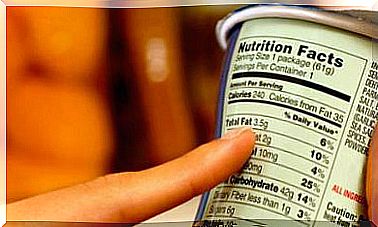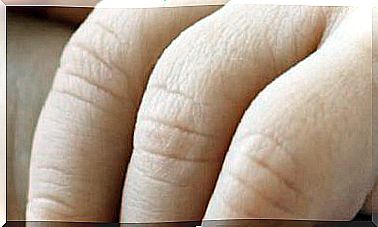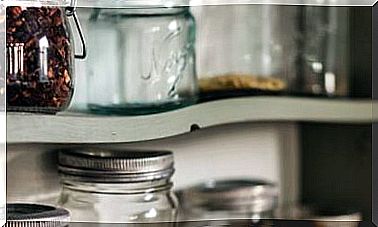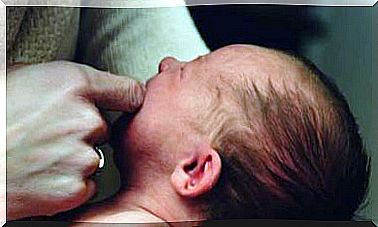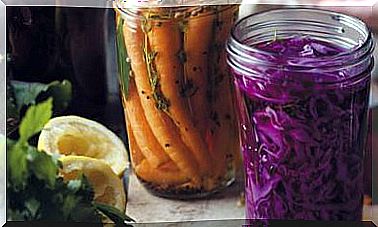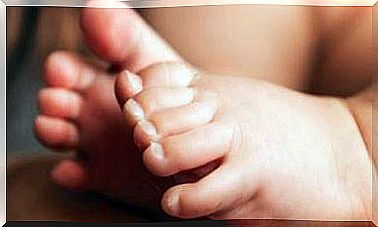Relieve Menstrual Pain With Diet
Incorporate these 10 foods into your diet to relieve menstrual pain without resorting to drugs

Symptoms such as irritability, tiredness, breast tension, headache, back pain, depression, increased appetite, fluid retention, or bloating are recurrent in women with premenstrual syndrome (PMS). In fact, 1 in 3 women of childbearing age suffers from these symptoms.
But why are there women who have periods and women who don’t? It is due to a difference between progesterone and estrogen levels in the last days of the cycle.
Why does the period hurt?
The premenstrual syndrome is caused by high levels of estrogen and progesterone under the final phase of the cycle. Excess estrogen promotes fluid retention and weight gain. In addition, it is also responsible for a brain swelling that causes a bad mood.
The best foods to avoid painful periods
We have ended up assuming that the period has to hurt and this is not the case. We do not have to suffer before or during the period, but we do not have to medicalize the natural processes of our body either.
These foods can help you alleviate these period discomforts and reconcile you with your menstrual cycle.
1. Evening primrose oil
It contains gamma-linolenic acid (GLA), a precursor of type 1 prostaglandins (PG1). These are anti-inflammatory and control hyperestrogenesis. 100 to 300 mg daily.
2. Cashew nuts
They are rich in polyunsaturated fatty acids, B vitamins and minerals such as magnesium (260 mg / 100 g), essential for nervous balance.
3. Broccoli
Its glucosinolates stimulate the antioxidant glutathione and help the liver eliminate excess estrogens. It is also rich in sulforaphanes, sulfur molecules that block the expression of pro-inflammatory genes.
4. Spinach
They provide fiber, B vitamins (especially folates, 194 mcg / 100 g), calcium, magnesium and potassium in remarkable quantities. All these nutrients exert a cleansing effect and balance the hormonal system.
5. Granada
It reinforces the hepatic glucuronidation and helps to generate bile and to eliminate the excess of estrogens. The skin that separates the grains contains tannins, with an anti-inflammatory action on the mucous membranes.
6. Turnips
They provide fiber, minerals and vitamins A and group B. They stimulate liver sulfation, thus helping to eliminate hormones and environmental toxins.
7. Bananas
They contain B vitamins, especially B6 (0.578 mg / 100g), and potassium (396 mg / 100g), which helps reduce fluid retention. They are also rich in tryptophan, a precursor to serotonin, and in complex carbohydrates, which help balance your mood.
8. Linen and chia
These seeds provide omega-3 fatty acids, which promote circulation and nervous balance. A daily tablespoon of crushed seeds sprinkled in yogurt or salad provides the recommended daily amount.
9. Tahini
This sesame paste is rich in minerals and omega-6 fatty acids that help stop aromatase, an enzyme involved in the manufacture of estrogens.
10. Buckwheat
It contains rutin, a glycoside that protects capillaries and prevents vasodilation. It is also a source of molybdenum, a trace element that slows down aromatase and reinforces the liver sulphation phase.
Foods that make menstrual cramps worse
Refined carbohydrates, saturated fat, salt, coffee, or chocolate can make your period worse.
